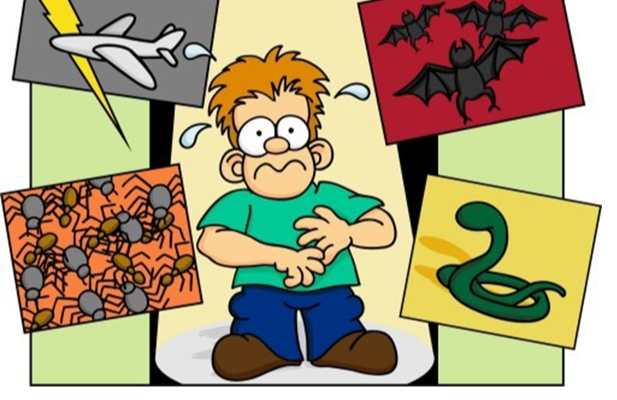
Article topic: Specific Phobia
Author: Norah Nawaf Elenizi.
Editor: Aroob Awwad Awwad.
Keywords: Specific Phobia, Anxiety disorder, Psychiatry, Mental disorder.
Introduction
A specific phobia is an excessive, constant fear of a certain object, situation, activity, or person. Although individuals with specific phobias know that there is no real threat or danger to them, they try hard to avoid triggers of their phobia and cannot stop their irrational fear (1). An example of the characteristic exaggerated fear in specific phobias is the terror of falling that occurs in about 50% of the elderly who have recently fallen (2). In 10–30% of cases, phobias can persist for many years and lead to the onset of other mental disorders such as anxiety, mood, and substance use disorders(3).
Specific phobias can be divided according to the stimulus causing fear into the following subcategories: (4)
- Animals such as spiders, insects and dogs.
- Natural environment such as heights, storms and water.
- Blood injection injury such as with needles and invasive medical procedures.
- Situational fear in airplanes, elevators and enclosed spaces.
- Other types of phobias with characteristics that are not well-suited into any of the previous four categories.
Epidemiology
About 5% to 10% of the US population is affected with specific phobia (4). Previous studies showed that the lifetime prevalence of specific phobias worldwide ranges from 3% to 15%, with animal phobia and fear of heights being the most common (5).
Etiology
A specific cause of specific phobias is not identified. Some theories suggest that it may develop as a result of an event linked with an emotional stressor such as a car accident where the event of driving is paired with an emotion which is fear. As a result, a person may develop an emotional connection that links driving with fear which can grow to become a driving phobia. The person may not meet the criteria for a panic attack but their specific phobia can manifest as generalized fear. Another method of linking events is through modeling where a person notes a reaction to a stimulus in another person and internalizes other people’s fears or warnings about the dangers of a specific object or situation so that they become his fears as well (2)(6).
Signs and symptoms
Common signs and symptoms seen in specific phobia as a result of exaggerated fear or anxiety may include(4):
- Feeling nauseous, dizzy, or fainting when facing the stimulus.
- Difficulty breathing and chest tightness.
- Tachycardia and palpitations.
Risk Factors
Risk factors for specific phobias are not well-studied yet (3). However, female sex is the most important demographic risk factor for specific phobias as shown by a study investigating the lifetime prevalence of specific mental disorders across New Haven, Conn, Baltimore, and St Louis, where the lifetime prevalence of specific phobias was higher in female participants than in male participants in all the previously mentioned locations(7). The association between the prevalence of specific fears and each of education, marital status, and residence was calculated in another study sample. Results showed lower educational status as a risk factor, with an association of 40% in people who have less than high school education versus 29% in college graduates. Regarding marital status, divorced or separated people scored 38%, while widowed scored an association of 42% and married people 35% (3). Both family and twin studies showed good evidence of hereditary contribution to social phobia combined with genetic and environmental factors (8).
DSM-5 Diagnostic Criteria
- Specific fear or anxiety from a specific object or situation.
- The specific object or situation always stimulates fear or anxiety.
- The specific object or situation is deliberately avoided.
- Fear or anxiety exceeds the actual danger faced by the specific object or situation.
- Fear, anxiety, or avoidance is continuous and lasts for 6 months or more.
- Fear, anxiety, or avoidance causes remarkable distress in social and occupational functioning in general.
- The upset is not better explained by symptoms of another mental disorder.
Diagnostic Features and Specifiers
A key feature of specific phobias disorder, according to the DSM–5 criteria, is that fear or anxiety is restricted to the presence of a particular situation or object called the phobic stimulus. A person can fear more than one phobic stimulus. An average patient has three specific phobias, according to DSM-5, and 75% of patients fear more than one situation or object. In such situations, a diagnosis of multiple specific phobias would be given, each with its own code to show the phobic stimulus.
However, to diagnose a specific phobia, the physician must ensure that patient’s reaction differs from normal transient fears commonly seen in the population. To achieve the criteria for a diagnosis, the fear or anxiety have to be intense or severe. Another feature is that fear or anxiety is triggered nearly every time the individual faces the phobic stimulus, so occasional anxiety upon being faced with a certain situation or object would not be sufficient to diagnose a subject with specific phobia.
This fear or anxiety must last for at least 6 months to permit a correct diagnosis, which aids in differentiating the disorder from transient fears common in the population, especially in children. However, the duration standard should be used with some degree of flexibility among patients.
Treatment
According to current treatment guidelines both psychotherapy and pharmacotherapy can be utilized. The treatment of choice in psychotherapy is cognitive behavioral therapy (CBT), while for pharmacological treatment antidepressants and pregabalin are the drugs of choice (9).
Behavioral therapy is first line treatment in most cases and has a positive outcome. However, the period of desensitization of the patient’s fears can take a long time. To achieve the benefits, patients must adhere to a behavioral therapy schedule to deal with the specific problems and objectives.
Alternatives for dealing with the patient’s feelings can include virtual therapy in which the patient is exposed to or interacts with the phobic object or situation on the computer screen (4). In a study conducted by Watson et al., a group of ten adult patients with known long-standing specific phobias were exposed to their phobic stimuli continuously in fantasy and reality as a method of treatment. After two to three sessions, all patients have shown significant improvement (10).
[Read more]
References:
1. Garcia R. Neurobiology of fear and specific phobias. Learn Mem. 2017 Sep;24(9):462–71.
2. Pary R, Sarai SK, Micchelli A, Lippmann S. Anxiety Disorders in Older Patients. Prim care companion CNS Disord. 2019 Jan;21(1).
3. Stinson FS, Dawson DA, Patricia Chou S, Smith S, Goldstein RB, June Ruan W, et al. The epidemiology of DSM-IV specific phobia in the USA: results from the National Epidemiologic Survey on Alcohol and Related Conditions. Psychol Med. 2007 Jul;37(7):1047–59.
4. Samra CK, Abdijadid S. Specific Phobia. In Treasure Island (FL); 2020.
5. Eaton WW, Bienvenu OJ MB. Specific Phobias. Lancet psychiatry. 2018;
6. Oing T, Prescott J. Implementations of Virtual Reality for Anxiety-Related Disorders: Systematic Review. JMIR serious games. 2018 Nov;6(4):e10965.
7. Robins LN, Helzer JE, Weissman MM, Orvaschel H, Gruenberg E, Burke JDJ, et al. Lifetime prevalence of specific psychiatric disorders in three sites. Arch Gen Psychiatry. 1984 Oct;41(10):949–58.
8. Tillfors M. Why do some individuals develop social phobia? A review with emphasis on the neurobiological influences. Nord J Psychiatry. 2004;58(4):267–76.
9. Zwanzger P. [Pharmacotherapy of Anxiety Disorders]. Fortschr Neurol Psychiatr. 2016 May;84(5):306–14.
10. Watson JP, Gaind R, Marks IM. Prolonged exposure: a rapid treatment for phobias. Br Med J. 1971 Jan;1(5739):13–5.
[/read]


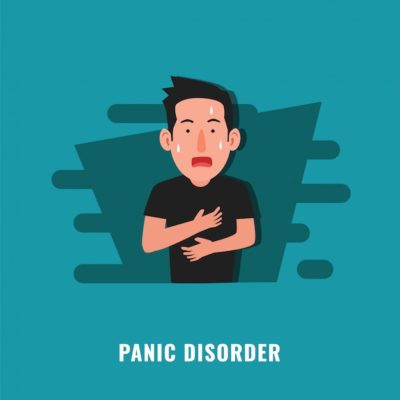
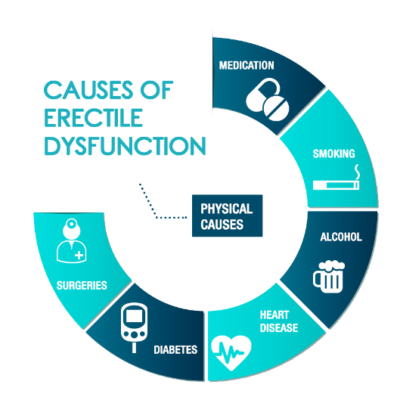
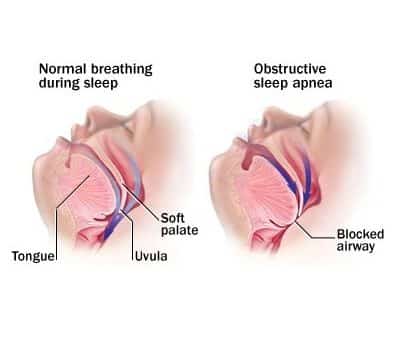
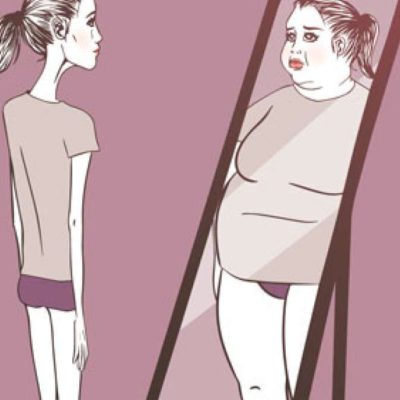

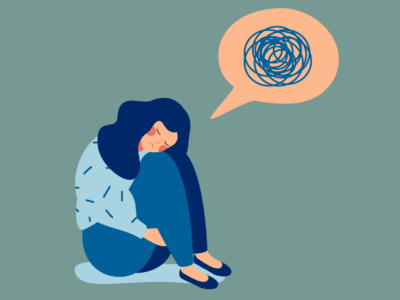


Great work Noura
Thank you Ala 💐